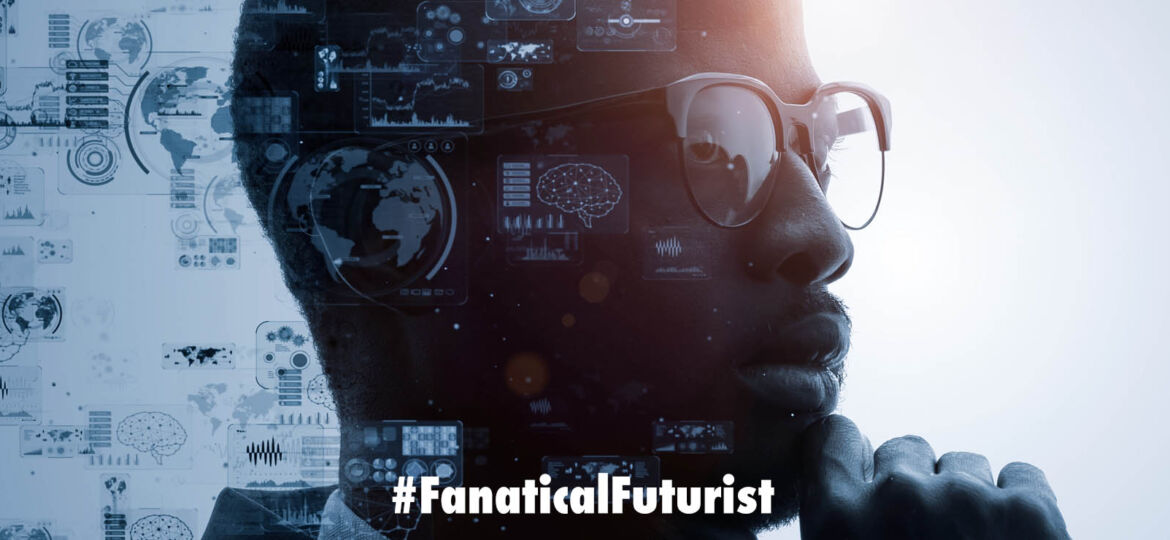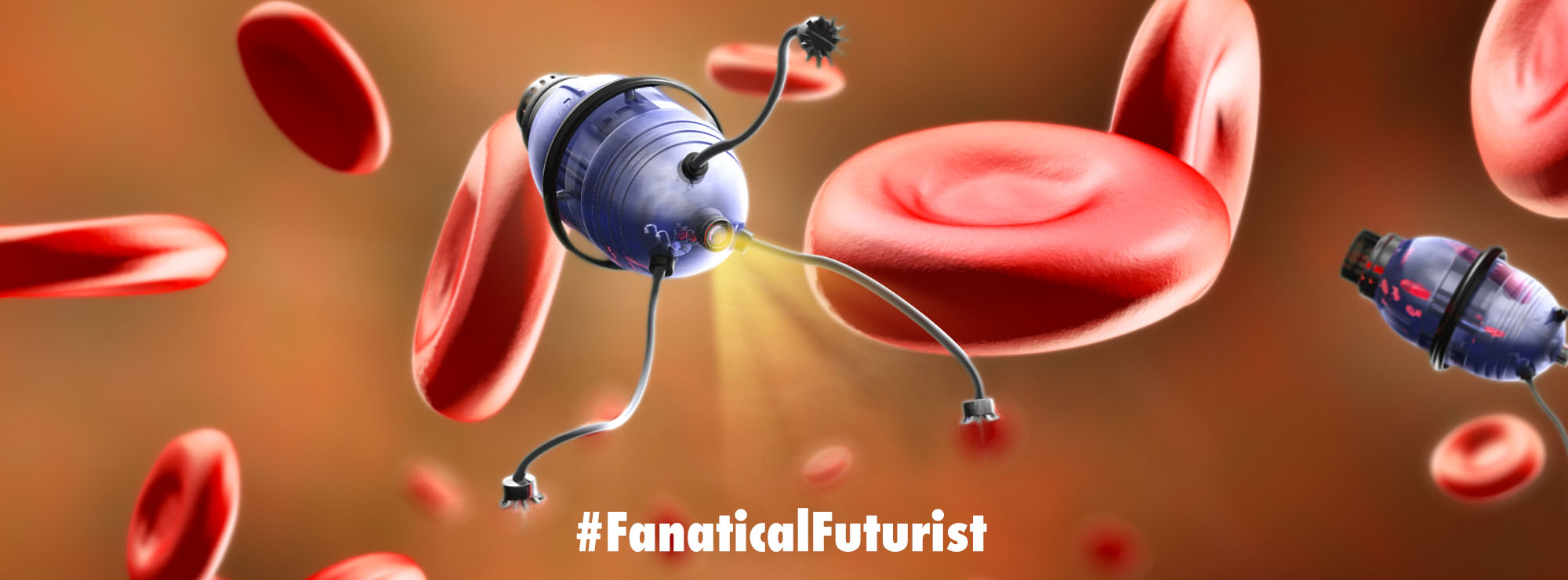
WHY THIS MATTERS IN BRIEF
As Brain Machine Interfaces improve you’re not going to need to be tethered to a computer.
 Love the Exponential Future? Join our XPotential Community, future proof yourself with courses from XPotential University, connect, watch a keynote, or browse my blog.
Love the Exponential Future? Join our XPotential Community, future proof yourself with courses from XPotential University, connect, watch a keynote, or browse my blog.
Brain Machine Interfaces (BMI) have come a long way in the past couple of years letting people download, and stream thoughts to YouTube, upload knowledge directly to their brains Matrix style, helping quadriplegics control exoskeletons and double amputees control neuroprosthetic limbs, and helping paralysed people fly fleets of F-35 fighter jets. They’ve also helped connect pigs to the internet, kind of …
Now though scientists in the US have demonstrated the first wireless BMI interface, something that the bleeding edge US military organisation DARPA have been chasing for years, that can send commands wirelessly to a computer, and it’s a breakthrough for people with paralysis.
Furthermore, bearing in mind that up until now BMI’s have generally involved volunteers and patients being tangled up in all manner of cables and wires, that’s a big development – it’s the equivalent of going from a fixed line internet connection to WiFi … at least.
The new system is also able to transmit brain signals at “single-neuron resolution and in full broadband fidelity,” said researchers at Brown University who developed the technology.
A clinical trial of the BrainGate technology involved a small transmitter that connects to a person’s brain motor cortex, and trial participants with paralysis used the system to control a tablet computer, the journal IEEE Transactions on Biomedical Engineering reports.
The participants were able to achieve similar typing speeds and point-and-click accuracy as they could with wired systems.
“We’ve demonstrated that this wireless system is functionally equivalent to the wired systems that have been the gold standard. The signals are recorded and transmitted with appropriately similar fidelity, which means we can use the same decoding algorithms we used with wired equipment,” said John Simeral, an assistant professor of engineering at Brown, adding, “The only difference is that people no longer need to be physically tethered to our equipment which opens up new possibilities in terms of how the system can be used.”
It marks the latest advance in the rapidly growing field of neural interface technologies, which has attracted the likes of Facebook and Elon Musk who recently revealed that his Neuralink startup has already tested a wireless chip on a monkey’s brain that allows it to play video games.
In Browns’ case the two paralysed patients, who were aged 35 and 63, were able to use the wireless system continuously for up to 24 hours while at home, rather than in a laboratory.
The relative ease of use meant trained carers were able to established the wireless connections, meaning the study could continue while the pandemic ruled out visits to the participants’ homes.
“With this system, we’re able to look at brain activity, at home, over long periods in a way that was nearly impossible before. This will help us to design decoding algorithms that provide for the seamless, intuitive, reliable restoration of communication and mobility for people with paralysis,” said Leigh Hochberg, an engineering professor at Brown University and leader of the BrainGate clinical trial.














